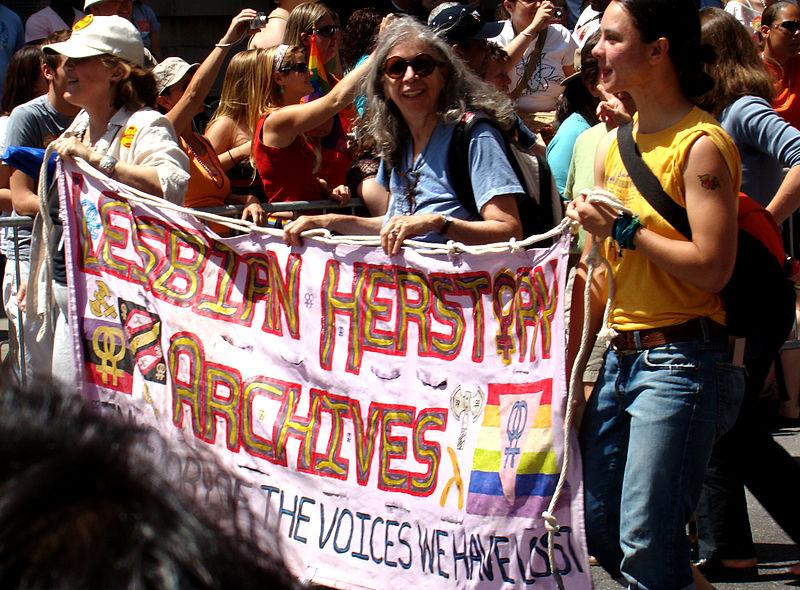
I was eight years old the first time someone called me a “lesbo.” I had never encountered the word “lesbian” before; I was unclear what it meant when two fellow third graders approached me. They both smiled at me, wrapping their arms around my shoulder in faux comradery and declaring that we were “lesbos from the planet Lesbian.” Unaware that they were, in fact, making fun of me, I grinned back, ready to embrace this new, extraterrestrial label if it meant I was not alone. It wasn’t until a teacher overheard and threatened to call our parents that the delusion of acceptance dissipated; with no real understanding of what it meant to be a girl who liked girls, I learned that the word “lesbian” was a bad word. Perhaps the otherworldly assessment of two third grade girls perfectly captured the alienation of being knighted as the school “lesbo,” a title that followed me into middle school. I was, in the eyes of straight girls, not entirely human. Not one of them.
It took years to even consider identifying as a lesbian—I was gay, queer, sapphic—anything to avoid that dehumanization. The word itself derives from the island of Lesbos, where the Ancient Greek poet Sappho lived among other women and wrote of their love. There’s complexity even within this origin: on one hand, it emerged from a community of women resisting the expectation of revolving their lives around men. However, it also testifies to the isolation of lesbians from mainstream society. Just as I was stranded in space, Sappho and her muses were stranded in the sea.
Little is documented about lesbians prior to the 20th century, mostly thanks to the tendency of history to be recorded by men. As lesbians excluded men from their lives, men excluded lesbians from history books. However, what is known follows this pattern—before the use of “lesbian,” terms such as “tribade” and “sexual invert” were used. By the 1920s, lesbian was defined by medical terminology as a “female sodomite.”
There is a disconnect between lesbians and womanhood in a culture that defines femininity based on the involvement of men. Due to this, lesbians hold a uniquely gender-nonconforming status; we are not considered real women, and yet, we are not men. We are simultaneously alienated by straight women and victimized by straight men. Straight women often assume we are perpetrators of the “male gaze,” shunning us with the fear that we will exhibit the same predatory behavior they have come to expect from men. Straight men view our independence as a challenge, something to be fixed. While much of the experiences of lesbianism are shared by bisexual and pansexual women, and biphobia is certainly pervasive in society, the lack of attraction towards men dictates the ways in which lesbians are demonized.
Lesbian carries a weighted connotation: its three syllables too heavy for straight women’s mouths, seeming to fit better as a subcategory on Pornhub than as an identity. If you search “lesbian” on Google Images with SafeSearch on, the results are skinny, half naked—most likely straight—women making out. Turn SafeSearch off and it becomes soft-core porn. The fetishization of “girl-on-girl” relationships traces back further than the internet, of course. During the mid-20th century, the creation of lesbian pulp fiction as a genre provided the first platform for straight men to write unrealistic sapphic porn for the consumption of other straight men. When Carol (2015) was nominated for best picture at the 2016 Academy Awards, host Chris Rock quipped that “of all the girl-on-girl movies I saw this year, Carol was the third best.” This reduction of a powerful film—based off of Patricia Highsmith’s The Price of Salt (1952), a novel known for its uniquely positive representation of lesbians—to mere porn is an example of the objectification of sapphic relationships as male fantasy.
The reality is that fetishization of lesbians (along with other sapphic women) doesn’t exist within a vacuum. In the early 20th century, English author and sexologist Havelock Ellis theorized that a lesbian would be cured by marrying a man—a belief that some still hold today. Sexual harassment and/or assault are practically staples of the lesbian experience: I was in seventh grade the first time a boy offered to “turn me” straight and in ninth grade the first time a man tried. This violence happens internationally, which can be seen in the practice of corrective rape, the assault of lesbians on the basis that it will somehow “cure” them. The term was coined in South Africa, where lesbians are particularly vulnerable to this type of violence.
With our culture’s ever-changing understanding of sexuality, some might claim that “lesbian” has become restrictive—if sexuality is fluid then lesbianism is limiting, and in that way, equatable to straightness. However, the sentiment that lesbians are choosing their lack of attraction to men is thinly-veiled lesbophobia, mirroring Ellis’ argument that lesbians can be cured by simply marrying men. “Lesbian” is not an inherently close-minded or regressive identity, but rather stems from millennia of being forced into the outskirts of society.
The community that lesbians have formed in the wake of this unique oppression is crucial; what’s damaging to young lesbians isn’t the label itself but rather the connotations that follow it. The feelings of displacement and loneliness derive from a history of social quarantine that has lasted much longer than the term “lesbian” has been in use, so it’s naive to assume abandoning the word or identity would be anything if not counterproductive—a mere band-aid to a larger cultural issue. Instead, we must change the attitudes surrounding how we view lesbians and relationships that don’t involve men. Ultimately, there can be something validating in embracing being a lesbian and the complex history that follows.
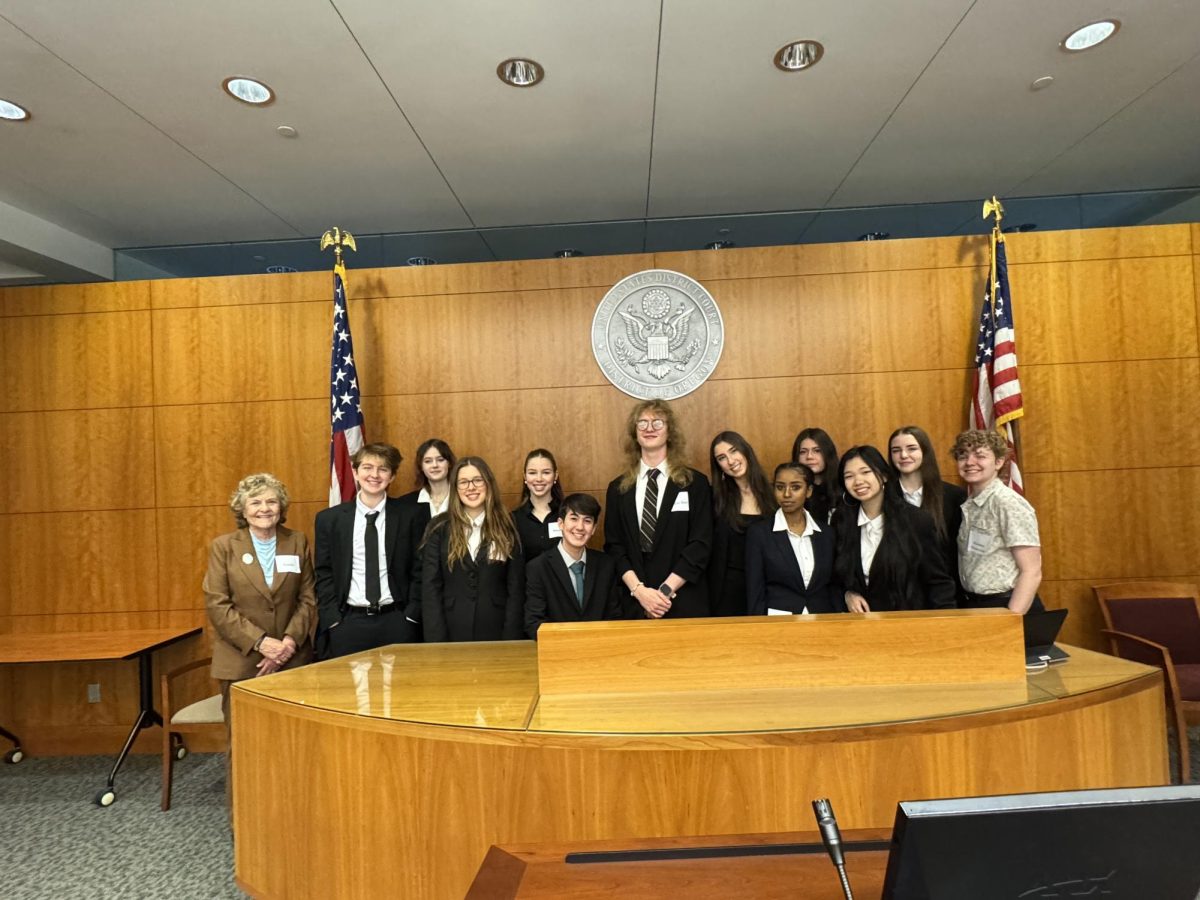

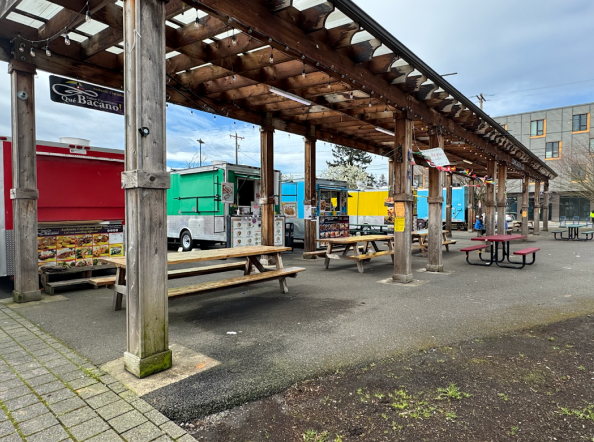


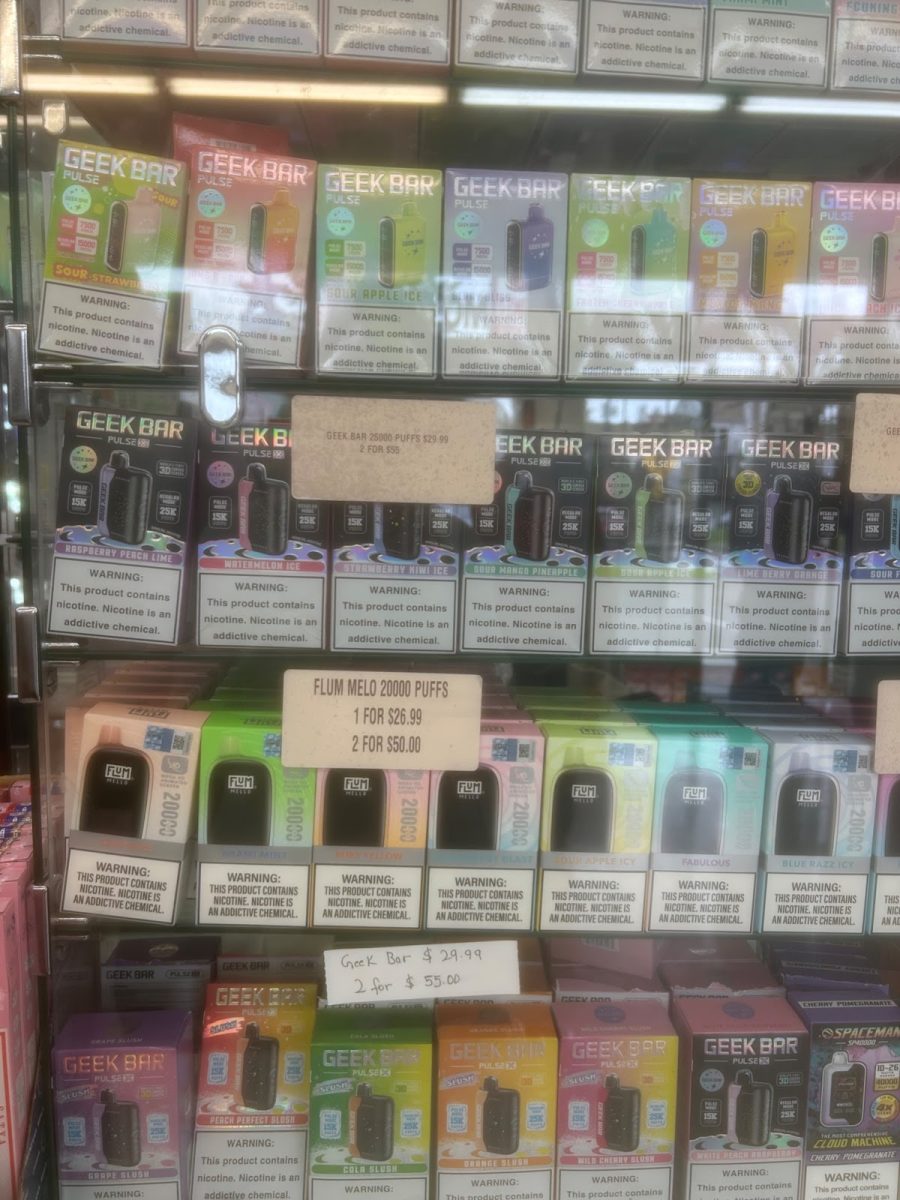
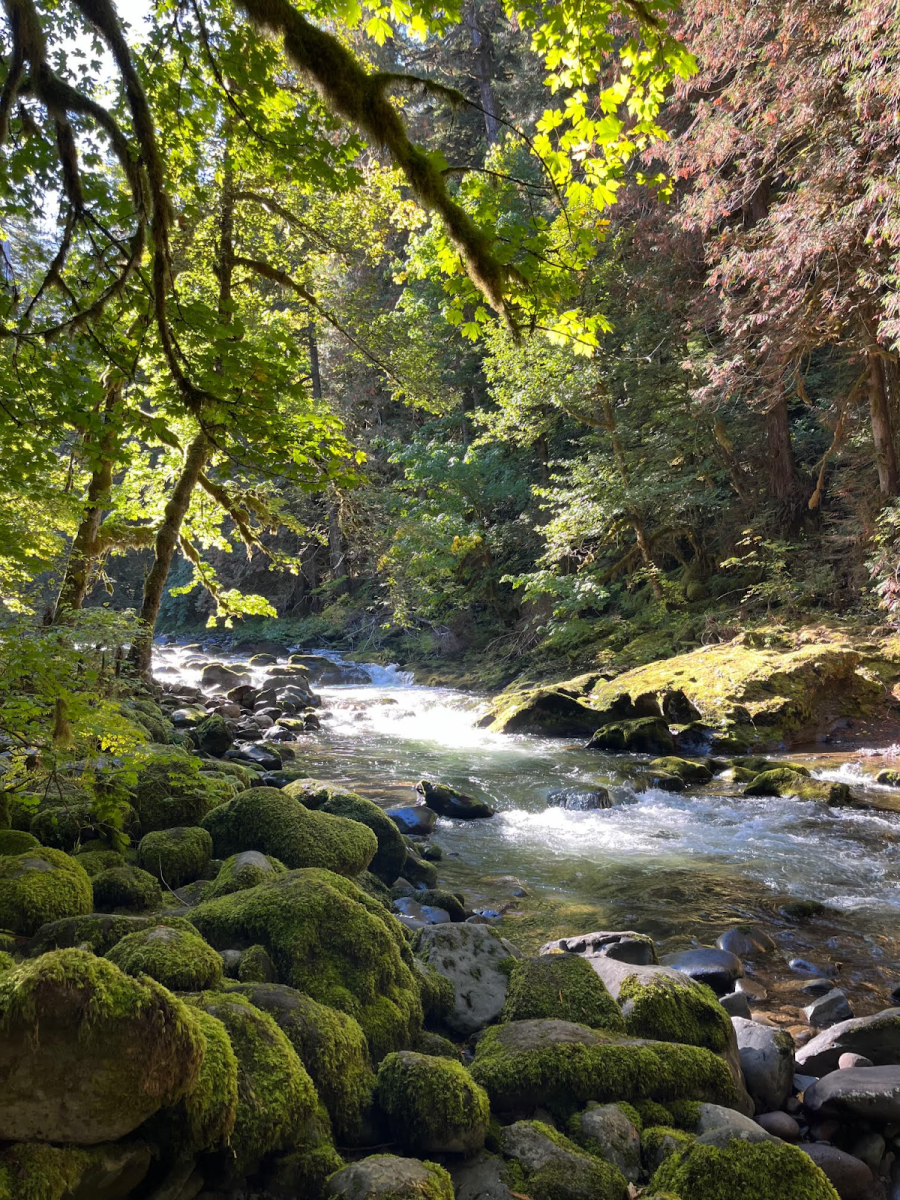


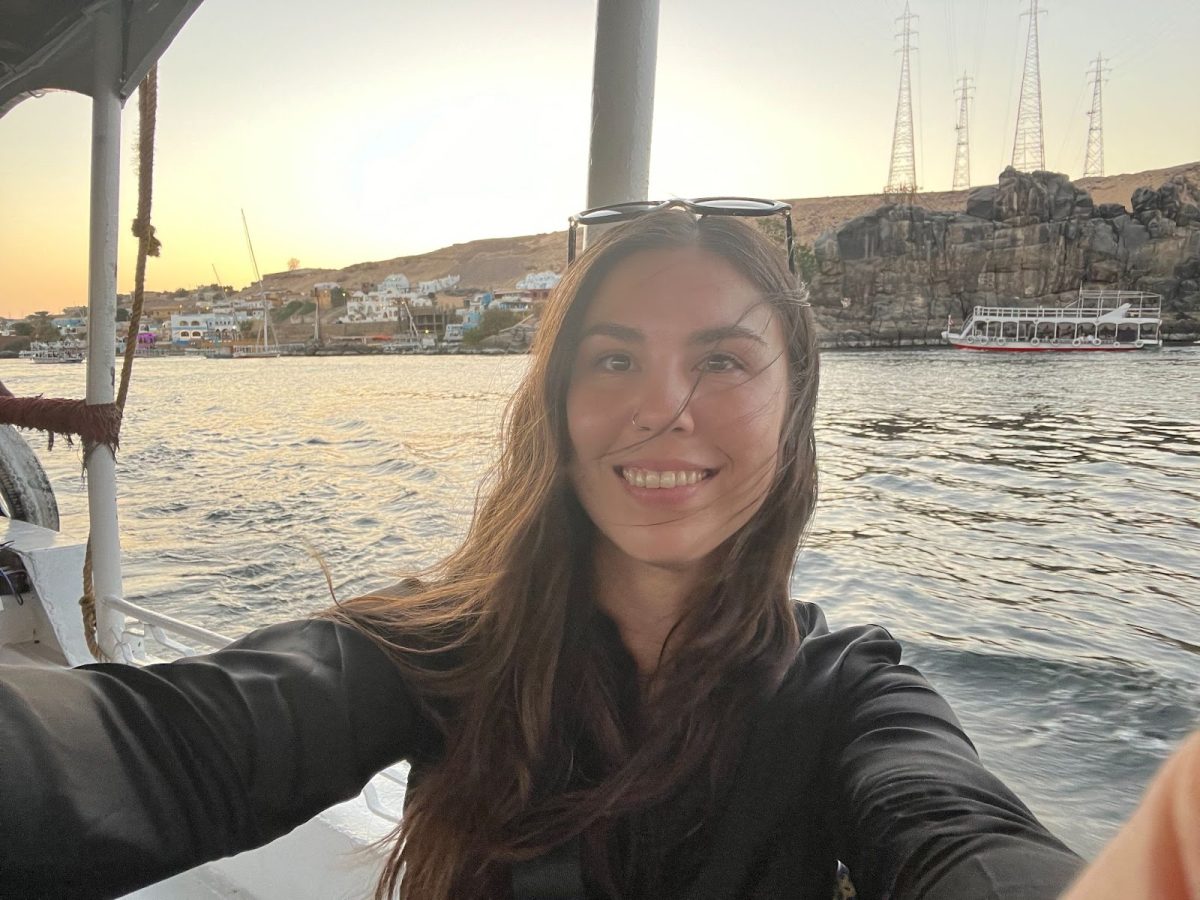

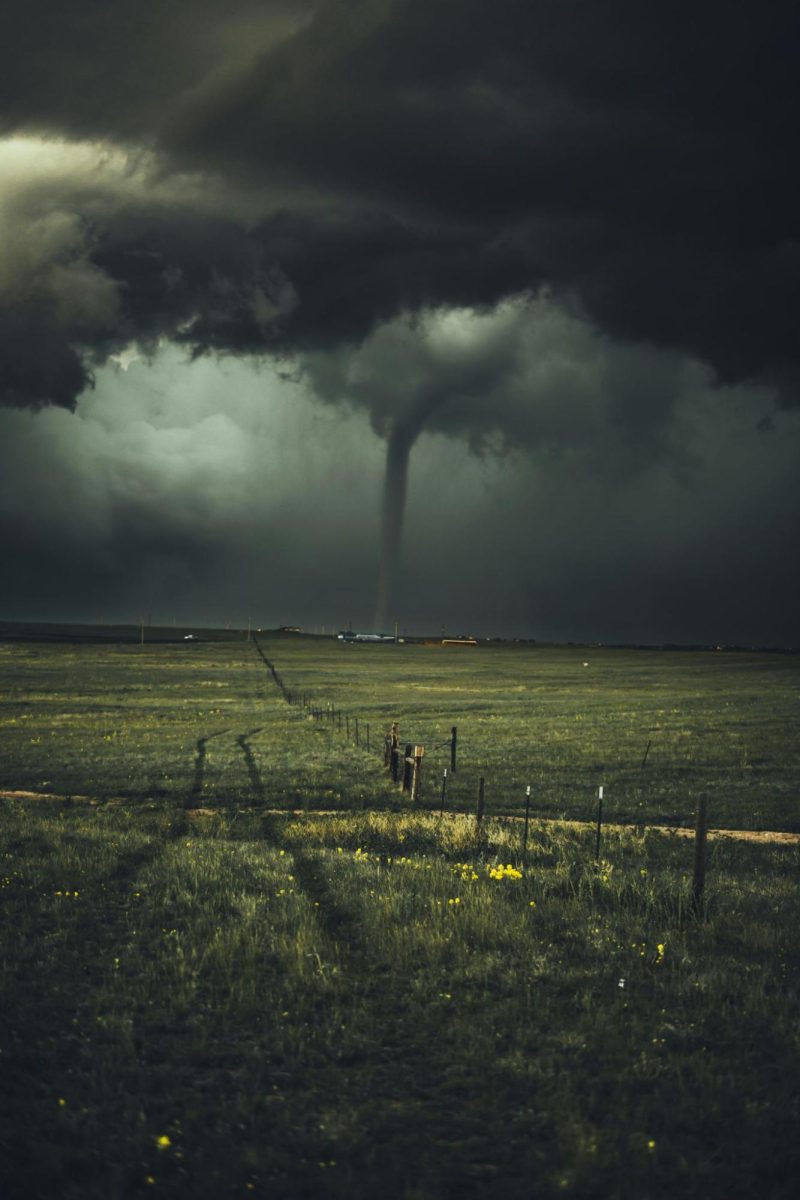
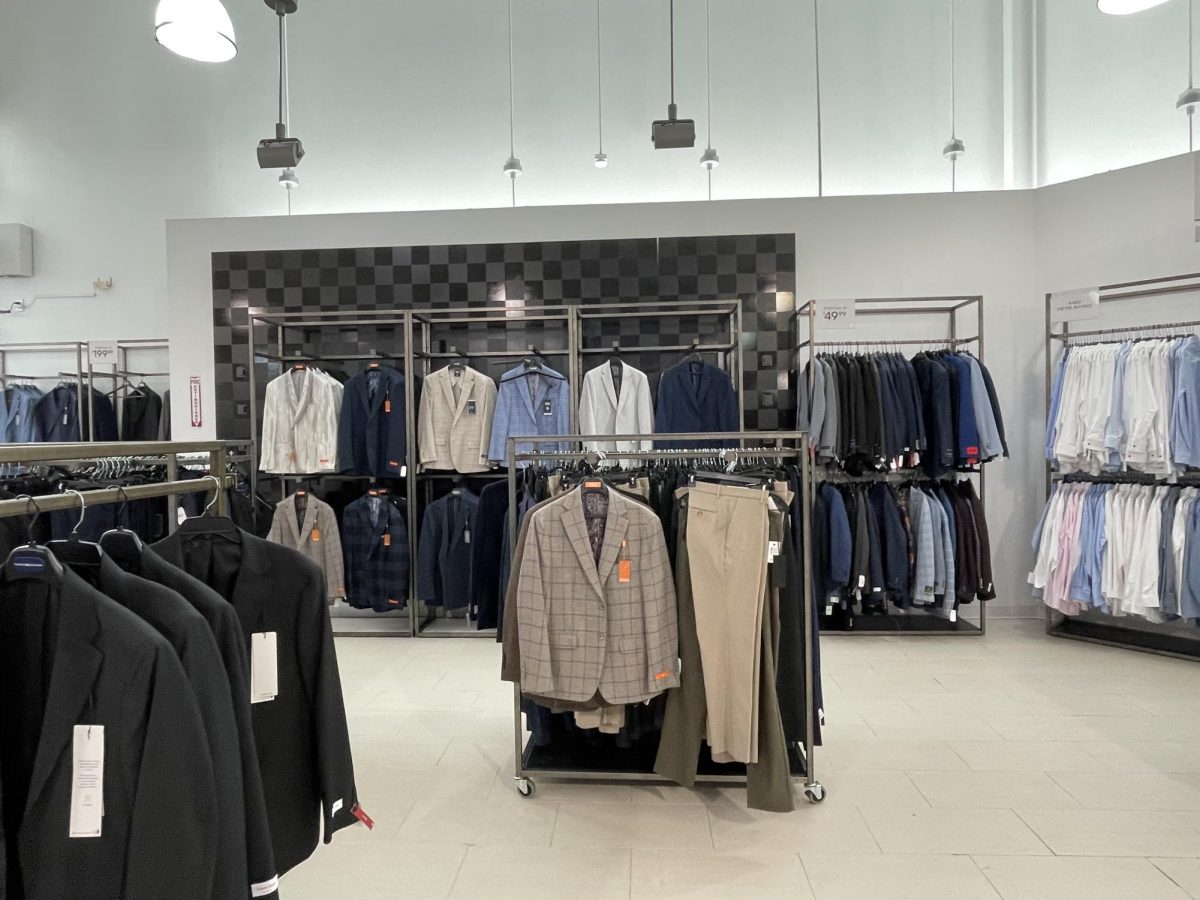





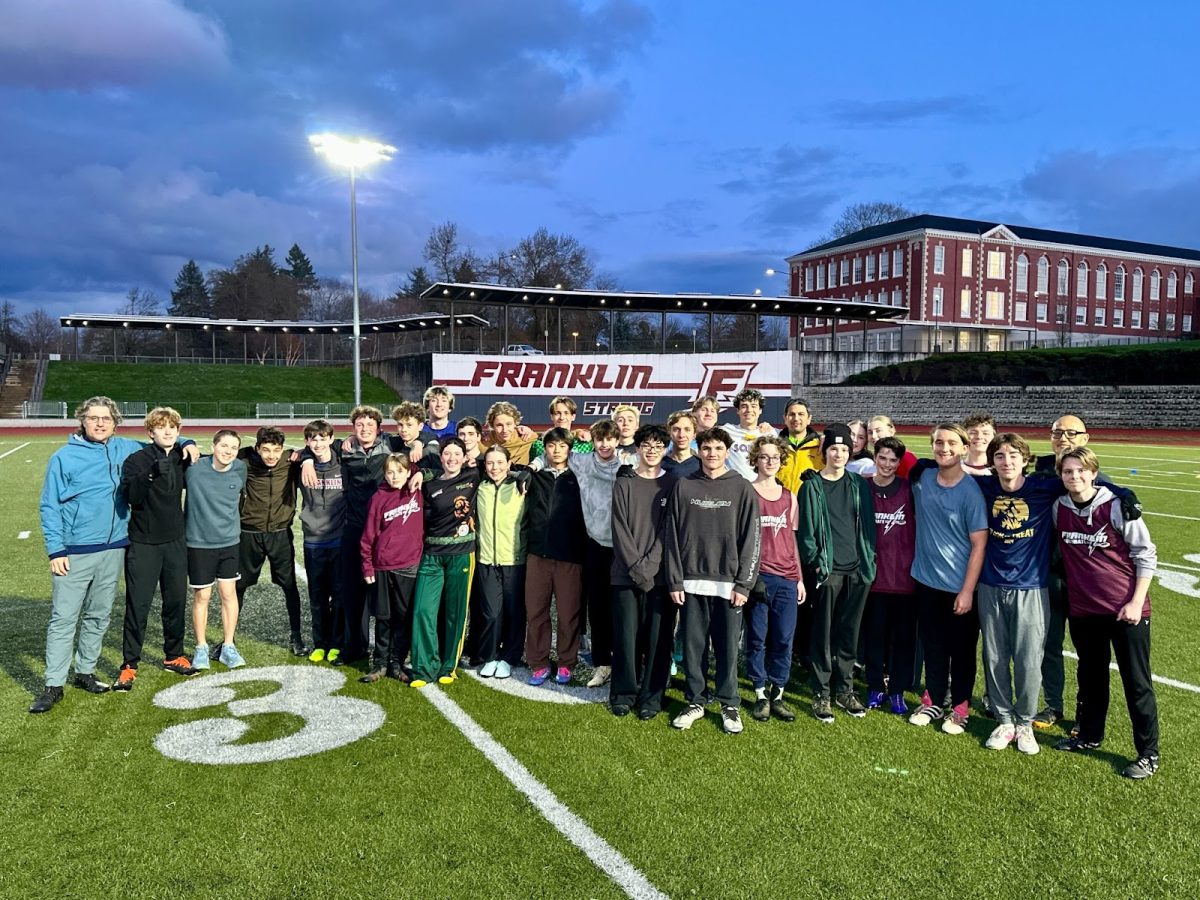


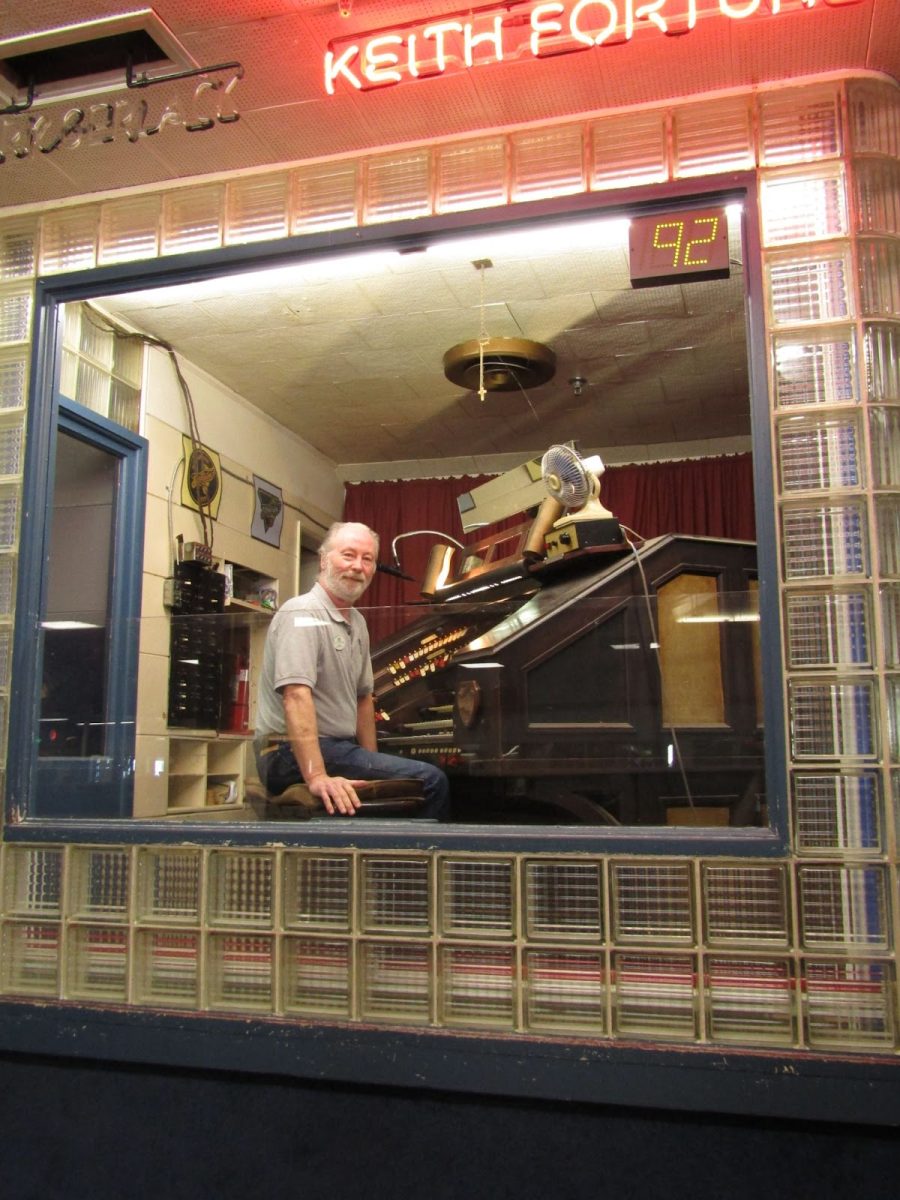
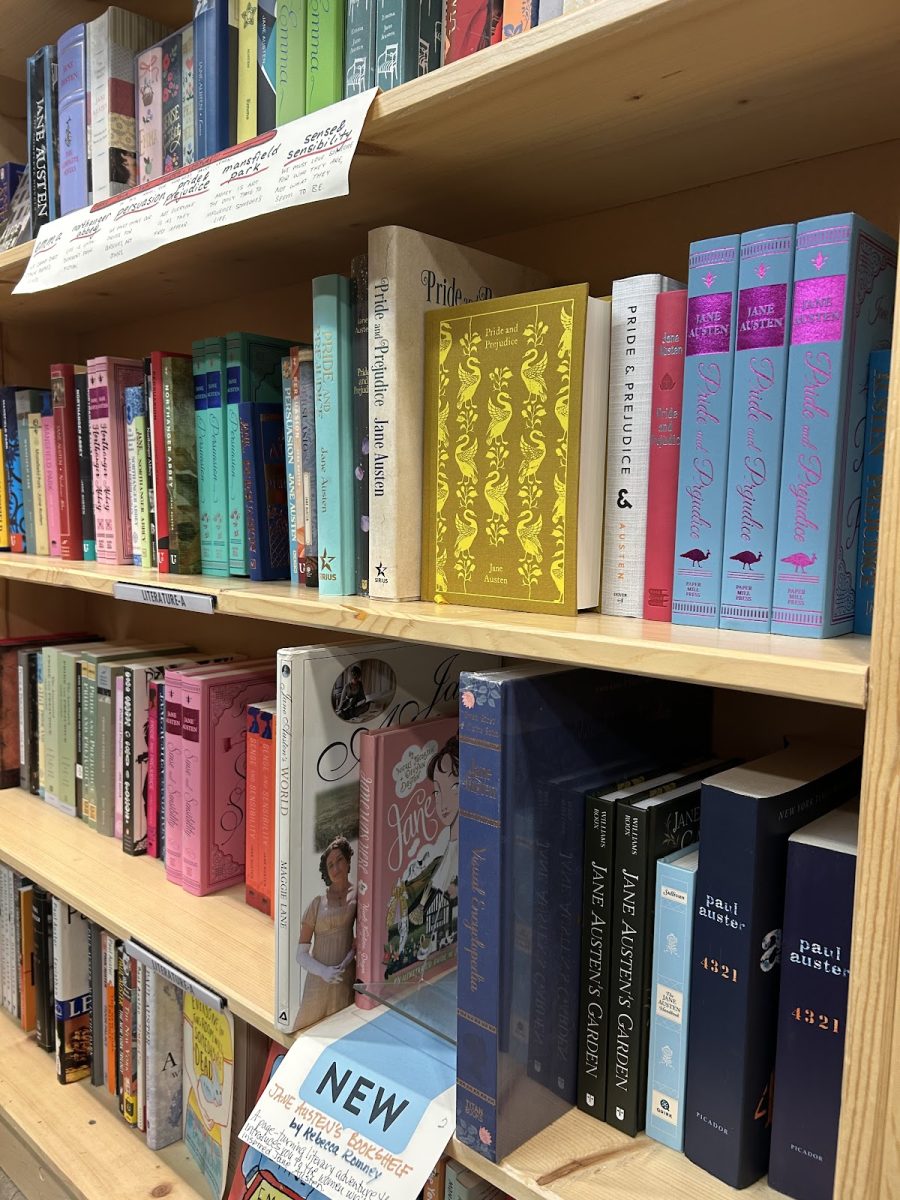
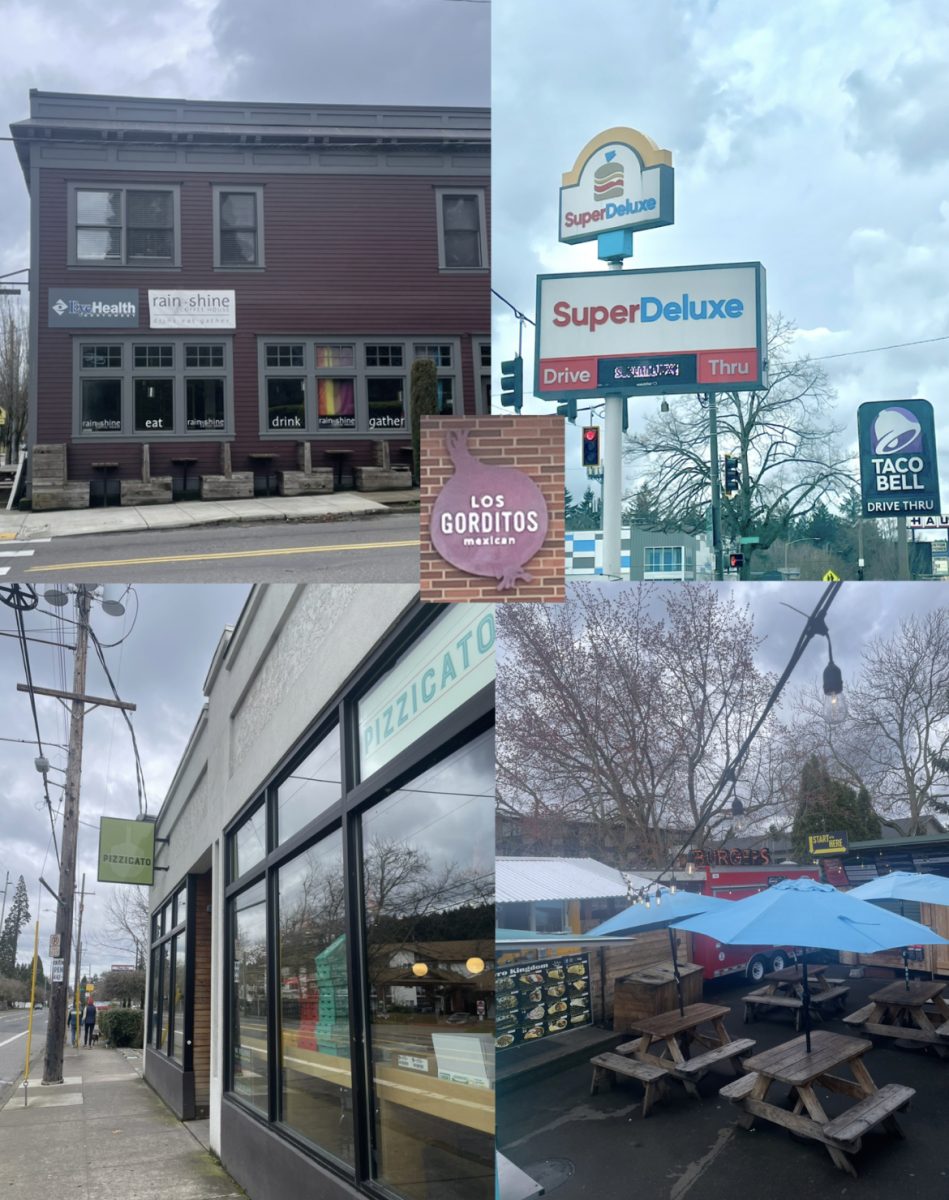

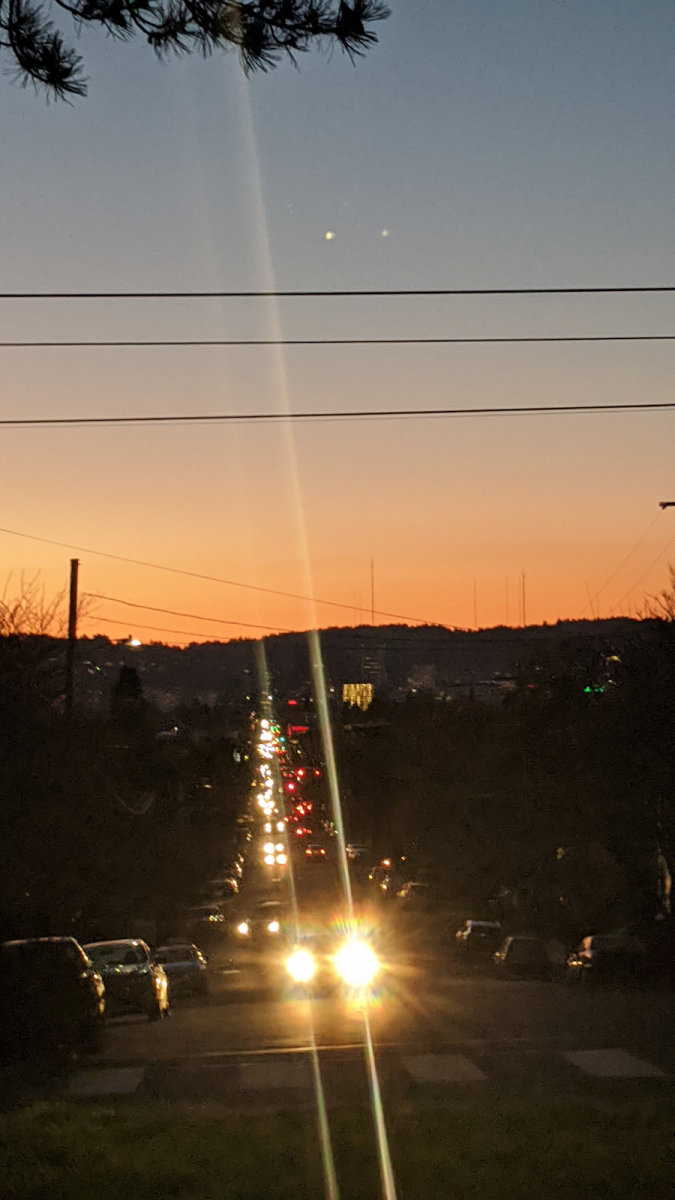


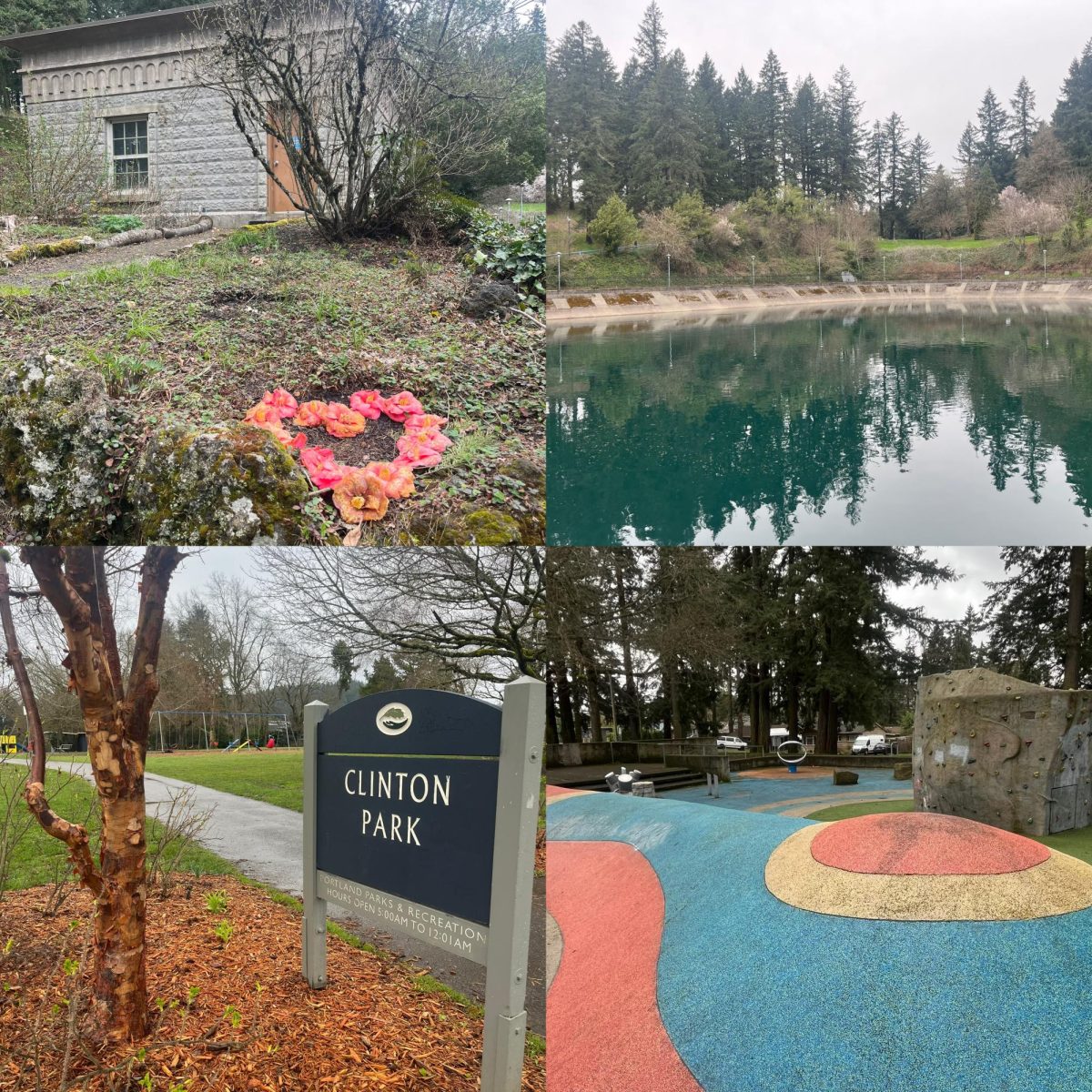

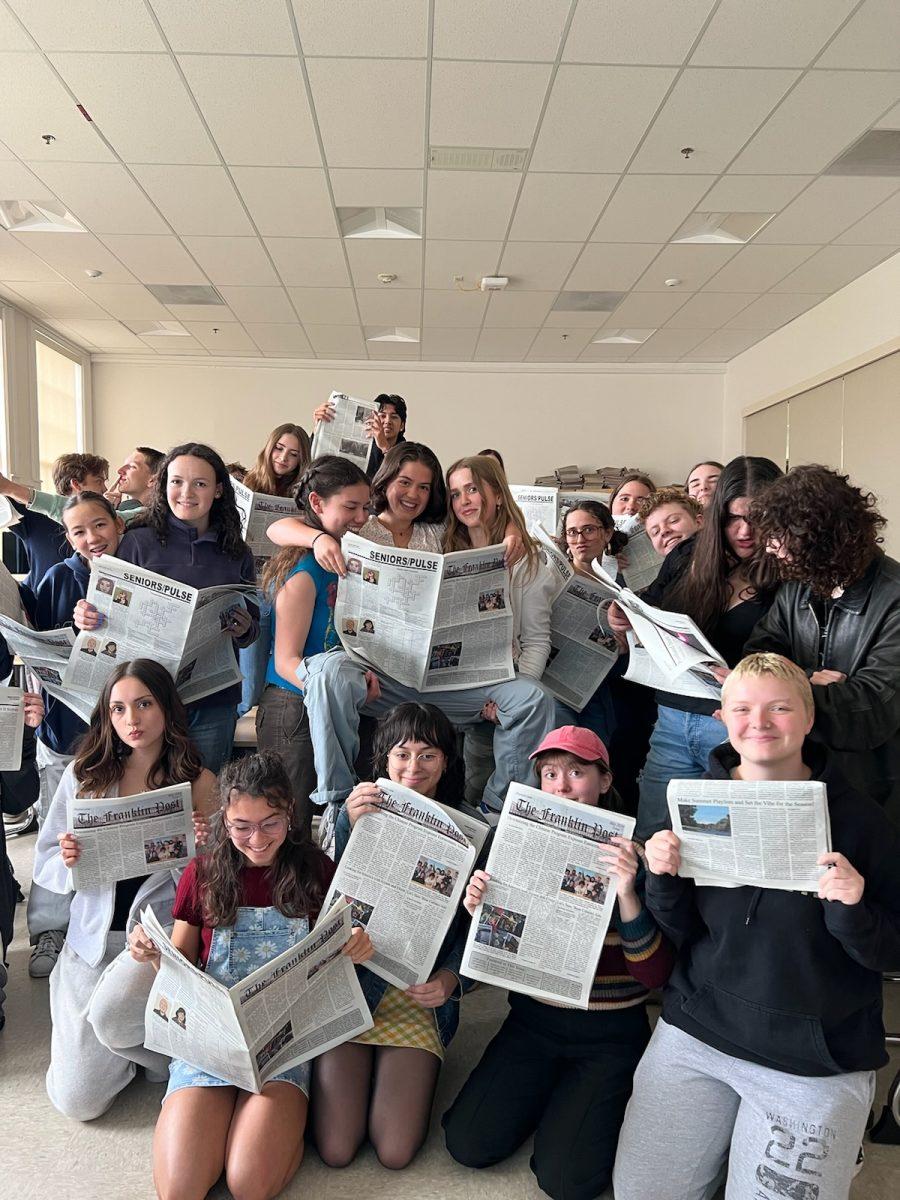


Joan Burke • Mar 12, 2018 at 4:26 am
This is one of the best articles I have read about what it is like to be a Lesbian in 2018.